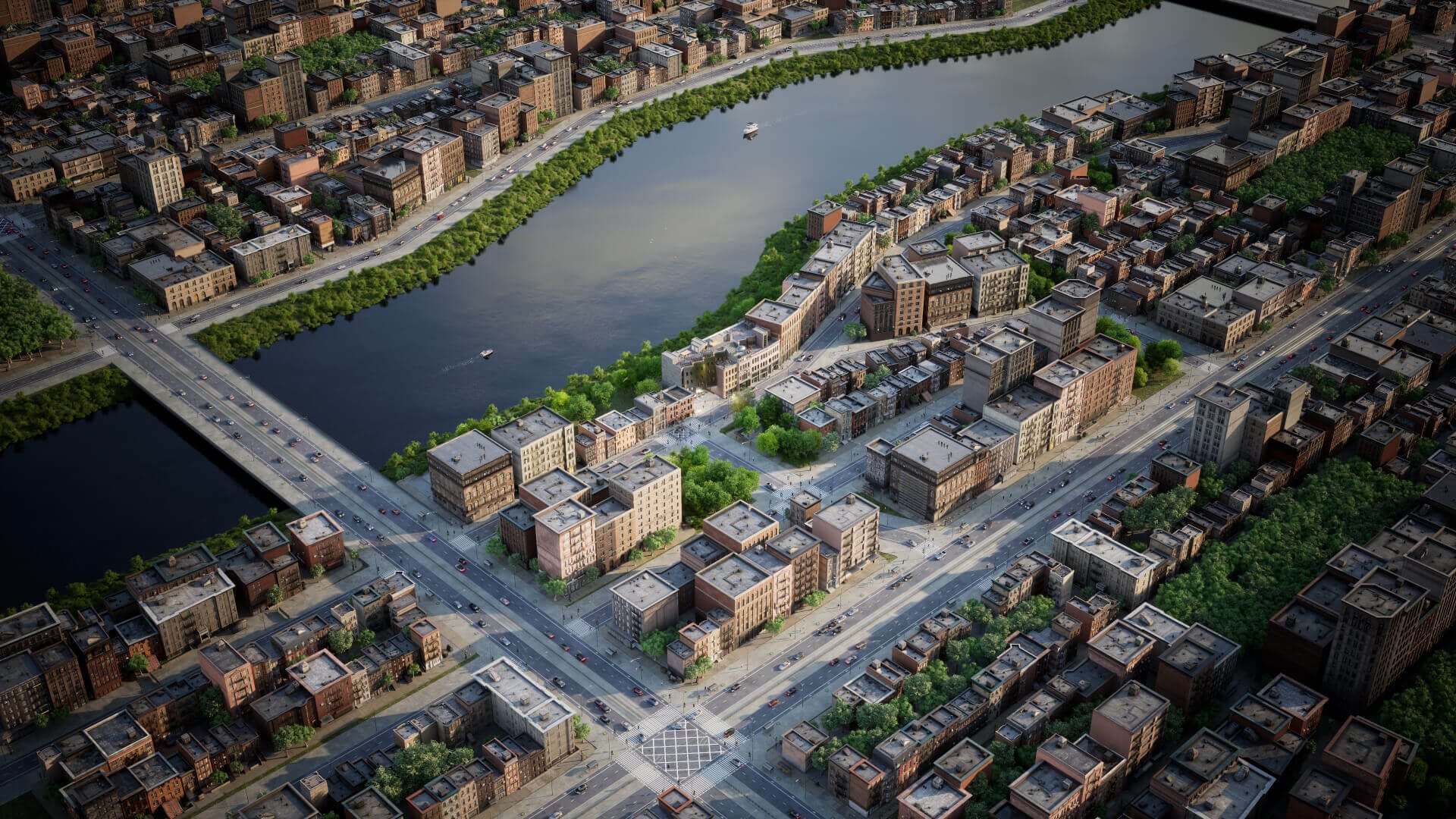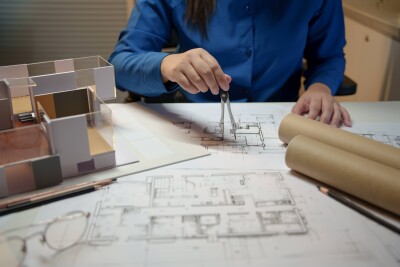Recent years have seen an explosion in the quality of 3D graphics and other tools that allow for 3D visualization, leading to greater demand from a wide range of industries that may not necessarily be regularly associated with the technology. Of course, not every industry and company has the capacity to become experts in the space, leading to partnerships between organizations that even 10 or 20 years ago would never have been considered natural fits.
A lot of that revolves around the gaming industry, who has been working successfully with constantly-evolving levels of 3D graphics for decades now, with Epic Games and their Unreal Engine being at the center of a lot of it. Earlier this year, they introduced an integration with Esri and their ArcGIS platform, putting them in the GIS space. More recently, they’ve announced a further development in an ongoing partnership with software company Autodesk, providing their expertise to the AEC industry.
With this new strategic collaboration, users of Autodesk Revit, the BIM software for AEC teams, will now have free access to Epic Games’ visualization tool Twinmotion. Autodesk has said that Twinmotion will be available to all Revit customers soon as part of an forthcoming release for the product. By utilizing this new integration, Revit users can take their plans and designs from Autodesk’s platform and easily transfer them into Twinmotion, where they can create highly accurate visualizations of their planned space.
From Twinmotion, users will also have access to the Epic ecosystem, including a recent release for the program which allows for images and videos to be rendered at resolutions up to 64K, as well as a new integration with modeling platform Sketchfab. They’ll also have access to MetaHuman to easily create digital humans, plus a massive library of realistic 3D scans from Quixel Megascans, all of which can be populated within the design.
This kind of collaboration has the potential to change the game in terms of visualization for designers of spaces, ranging from a single building to much larger scales. Although it was certainly possible before this to see a 3D representation of a potential design, bringing in plans developed within Revit to Twinmotion ensures the accuracy from the former and combines hyper-realistic graphics and a massive number of potential assets that can be imported into the space from the latter.
Users even have access to RealityScan, which allows one to create their own 3D model if an asset does not already exist in the database. Now, not only can you see an accurate representation of a new building or complex, but that visualization can be updated to see what it looks like when populated by people, with various plants and trees around the space, different lighting options, and even what the space looks like at various times of day with realistic sunlight simulations. All of this will not only improve visualization, but should also improve ability to win bids by showing off these detailed and realistic to potential customers.
While the ability to represent 2D CAD designs in three dimensions is not exactly a new capability for Revit users, this level of customization and visualization brings the tool to a new level for one of the most used programs in the AEC designing and planning space. These models will be highly interactive as well, and can be used for anything ranging from stills to animations, and even to be utilized in immersive virtual reality (VR) settings. Having this integration as a free perk will save Revit users $499, the normal price for Twinmotion for those in a commercial setting.
These kinds of partnerships between graphics companies and those in the AEC space will only continue to become more commonplace as 3D visualization becomes a more ubiquitous part of our daily experience, especially as we get closer to fully realizing the metaverse. In fact, this won’t be the last collaboration between Epic and Autodesk, who plan to also develop similar tools for those in the M&E and manufacturing sectors.
On this partnership, Epic Games Vice President, Unreal Engine Ecosystem Marc Petit said, “We share a common goal with Autodesk, giving customers more time to be innovative. By tapping into Epic’s ecosystem of real-time 3D tools and libraries, creatives can spend more time bringing their designs to life and less time stumbling over complex data and technical workflows." Autodesk Executive Vice President of AEC Design Amy Bunszel added, “Together with Epic Games, we will expand on what’s possible. In immersive environments, designers can communicate to their project teams and clients with unparalleled realism how projects will look and feel upon completion for better decision-making and outcomes.”






